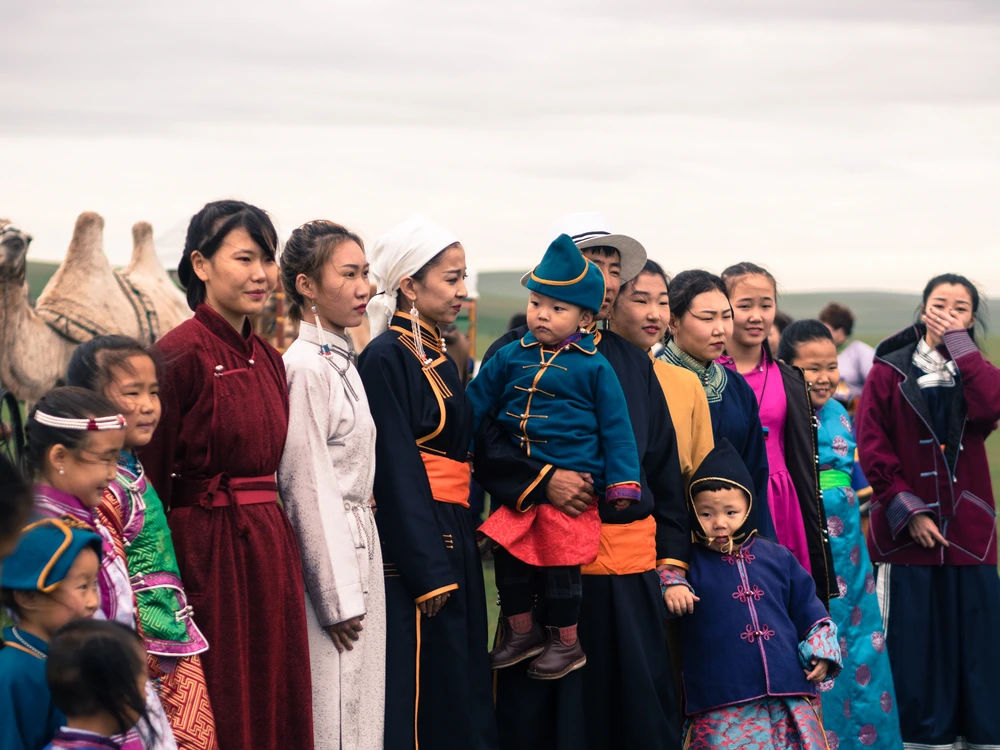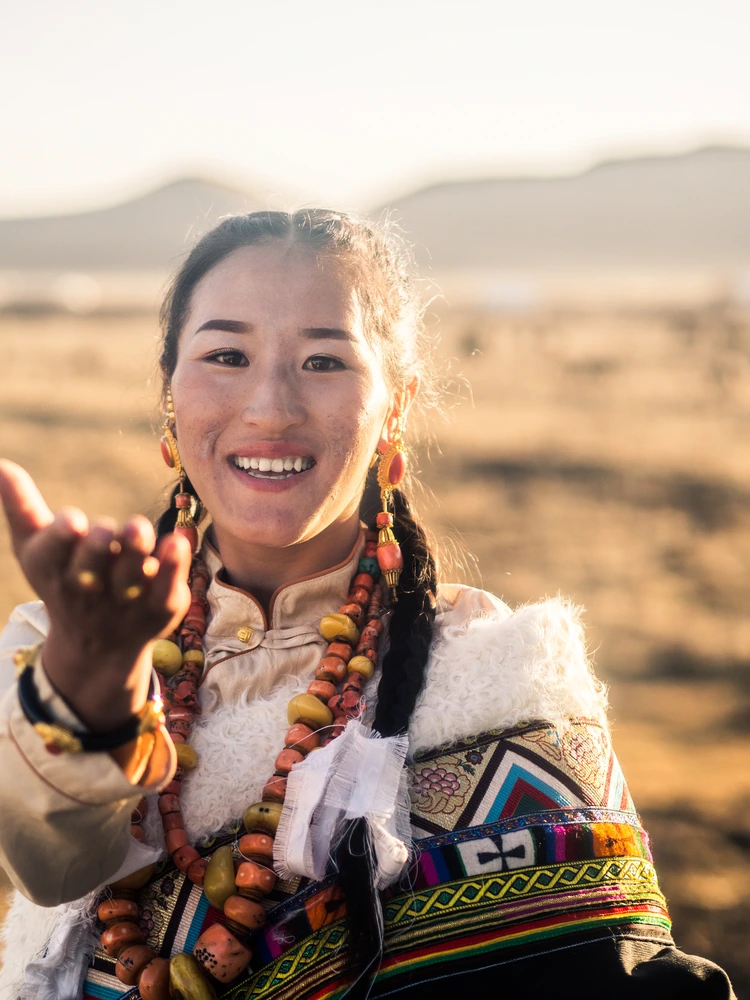
Weddings are one of the few universal traditions, yet every culture has its own unique way of celebrating love. Some ceremonies last for days, filled with ritual and grandeur, while others are quiet, intimate affairs focused only on family. Whether elaborate or simple, weddings capture deep-rooted traditions, emotions, and human connection.
As I traveled, I was fortunate to witness and document weddings in different parts of the world. Some were lavish celebrations, while others were humble gatherings—but all carried the same essence of love and commitment. This collection captures weddings as they happen, through my lens.
Tibet
Tibetan weddings are deeply spiritual, blending Buddhist customs with ancient tribal traditions. Marriages are often arranged with the guidance of astrological readings, ensuring harmony between the couple and their families.
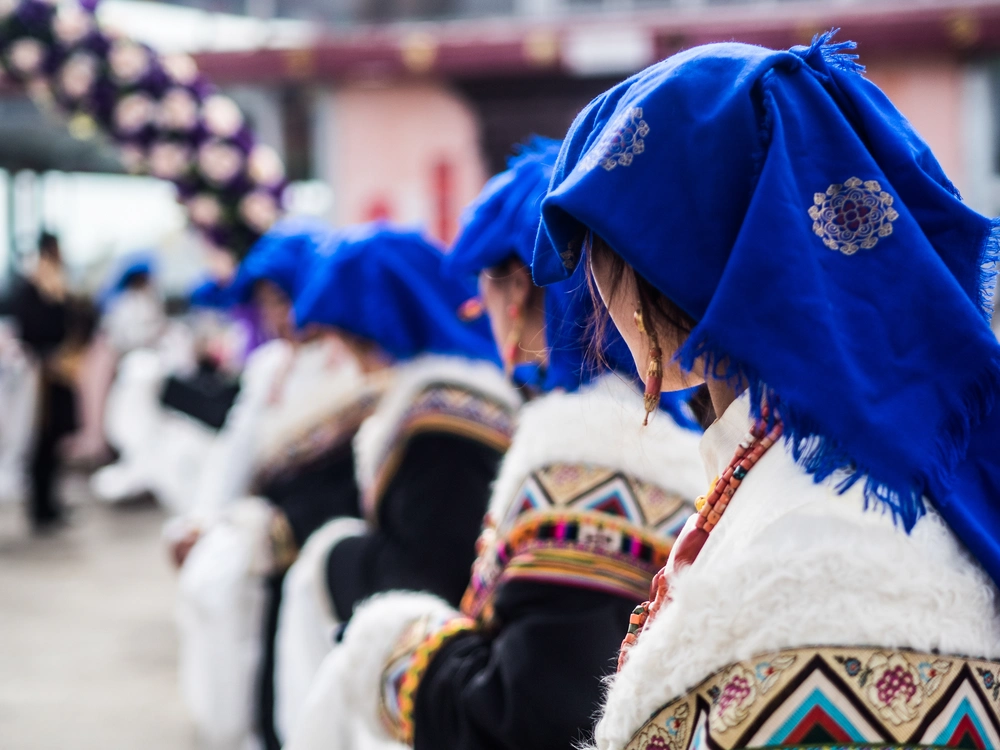
Tibetan bridesmaids
Aba, Sichuan province Tibet
Tibetan groomsmen
Aba, Sichuan province Tibet
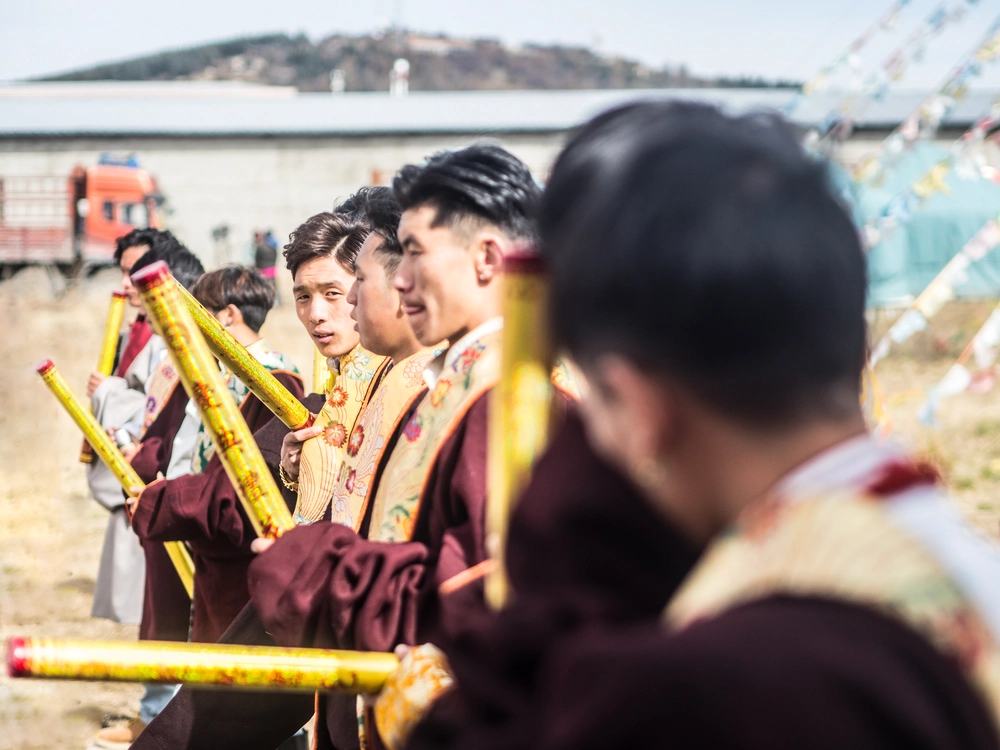
A key ritual is the Khata exchange, where white ceremonial scarves symbolize purity and good fortune. Weddings are community affairs, with guests offering barley wine and butter tea, while traditional thangka paintings and prayer flags bless the couple’s new life.
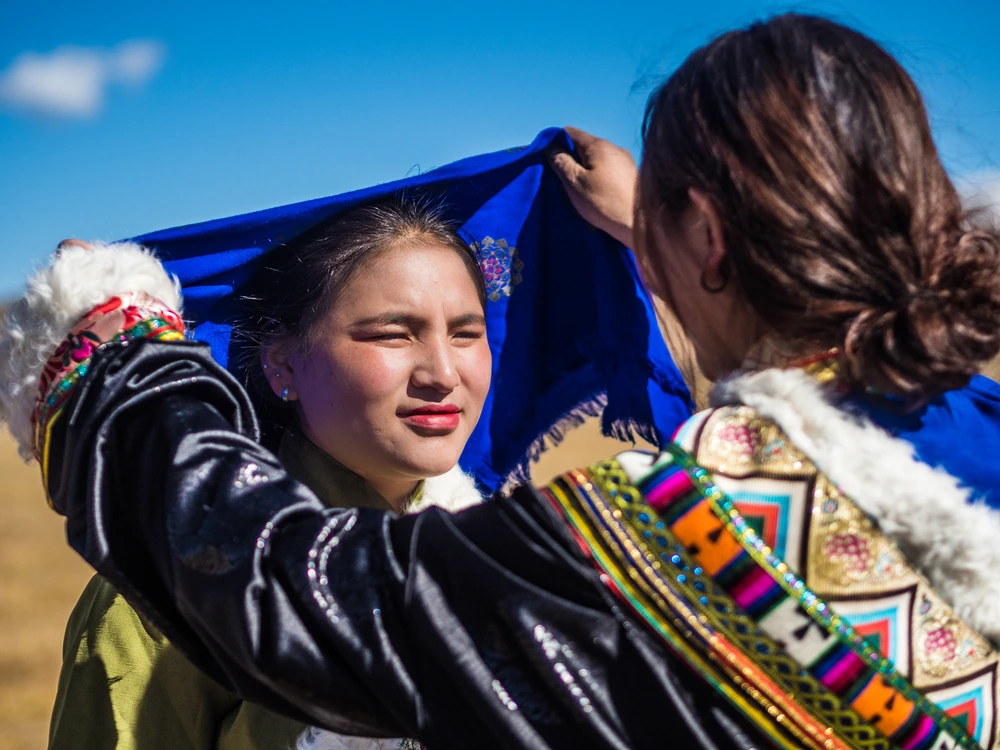
Aba, Sichuan province Tibet
Though simple compared to lavish Indian or Mongolian weddings, Tibetan unions reflect the sacred bond between love, family, and the divine—a celebration not just of two people, but of balance within the universe.
India: Between Love and Arranged Marriages
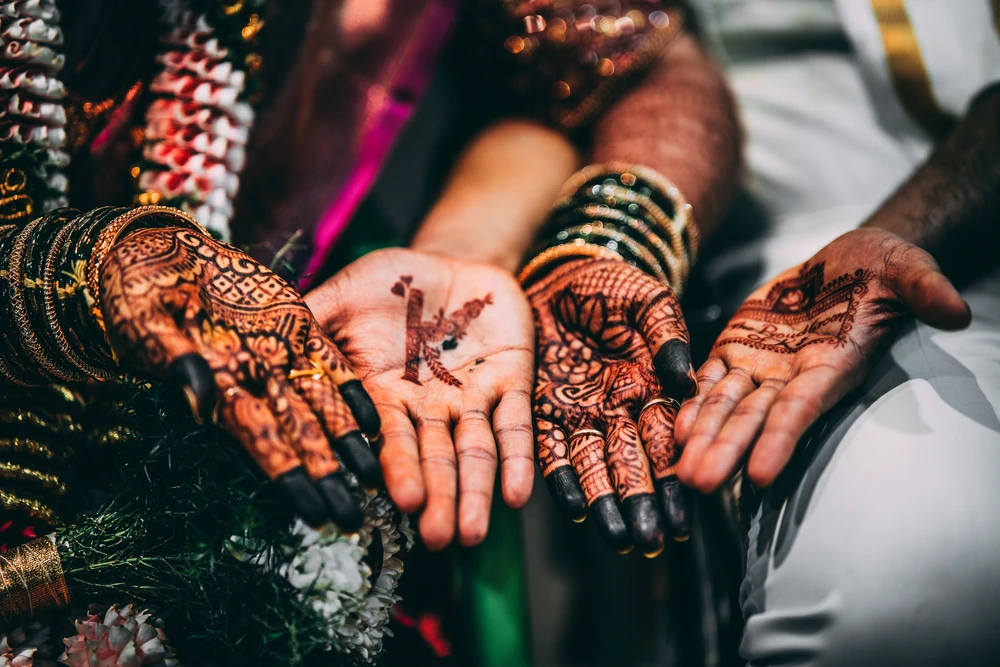
In India, weddings are more than just a union between two people—they are a carefully orchestrated fusion of tradition, family honor, and, increasingly, modern individual choice. Arranged marriages remain the norm in many regions, where parents introduce their children based on caste, socioeconomic background, and astrological compatibility.
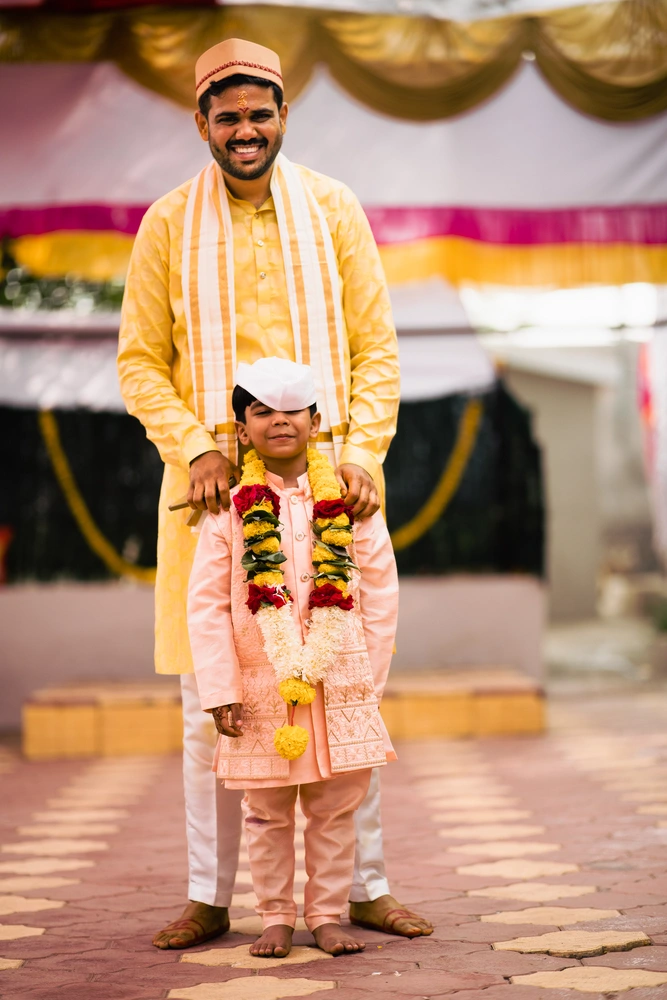
Indian groom with nephew
Indian bride and groom
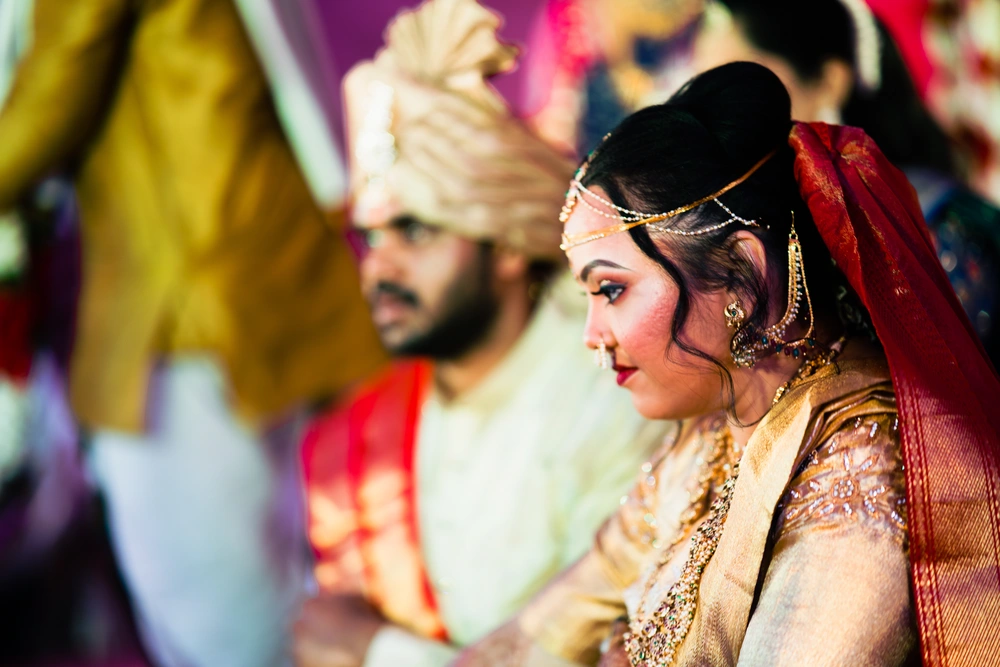
The Indian wedding is a spectacle, an explosion of color, music, and dance, with some celebrations lasting days or even weeks.
Mongolia: Open Steppe Marriage
Mongolian weddings are deeply tied to nomadic tradition, Buddhist influences, and the vast steppe. The bride and groom wear richly embroidered deel robes—centuries-old garments passed down through generations. A horse chase is a playful yet symbolic ritual, where the bride rides away and the groom must catch her—once a real test of worthiness, now a spirited part of the celebration.
Milk symbolizes purity and prosperity in Mongolian culture. During the ceremony, the couple is blessed with milk, while guests drink airag—fermented mare’s milk—as a traditional toast. Weddings here are not just about two individuals but about unifying families, tribes, and entire communities.
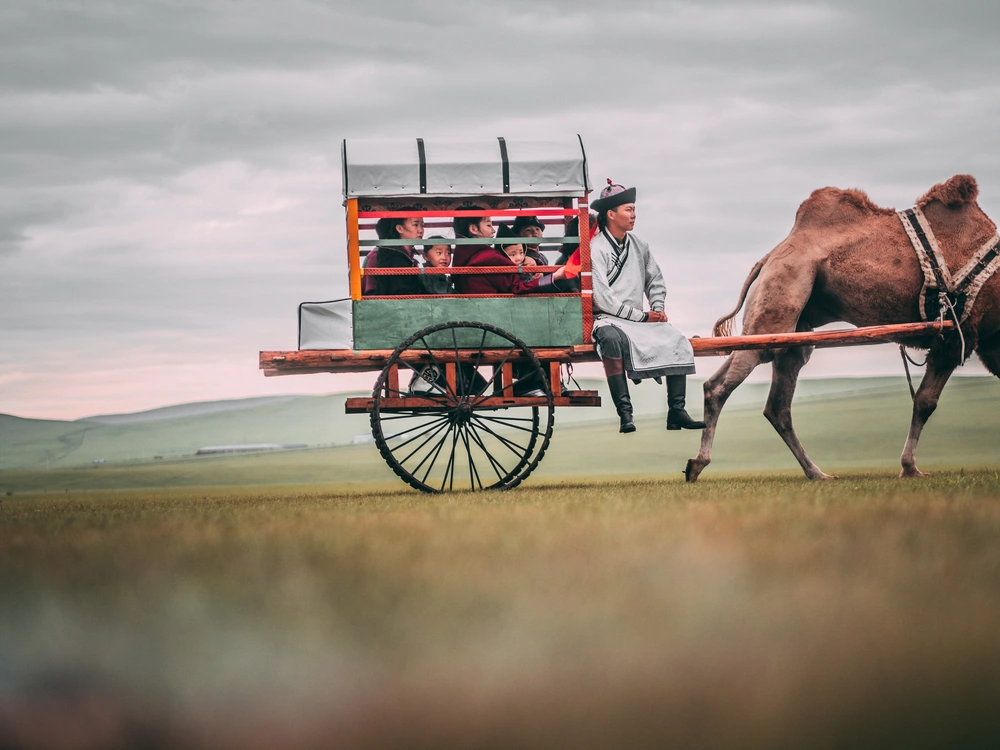
The wedding ‘car’
The wedding ‘car’
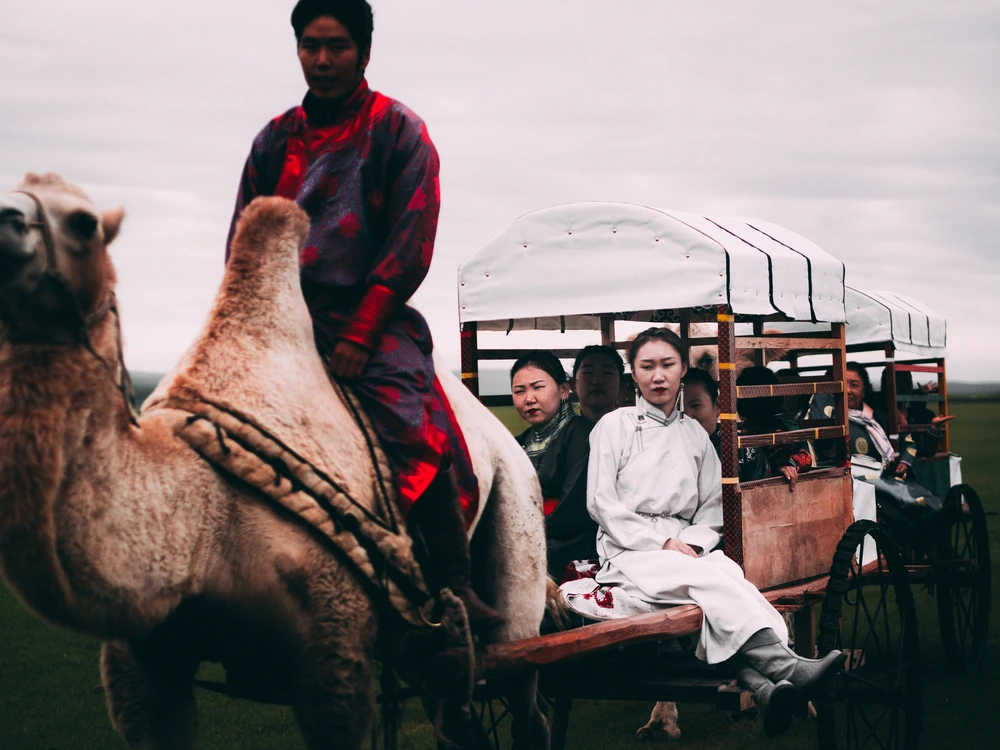
Mongolian Bridesmaid
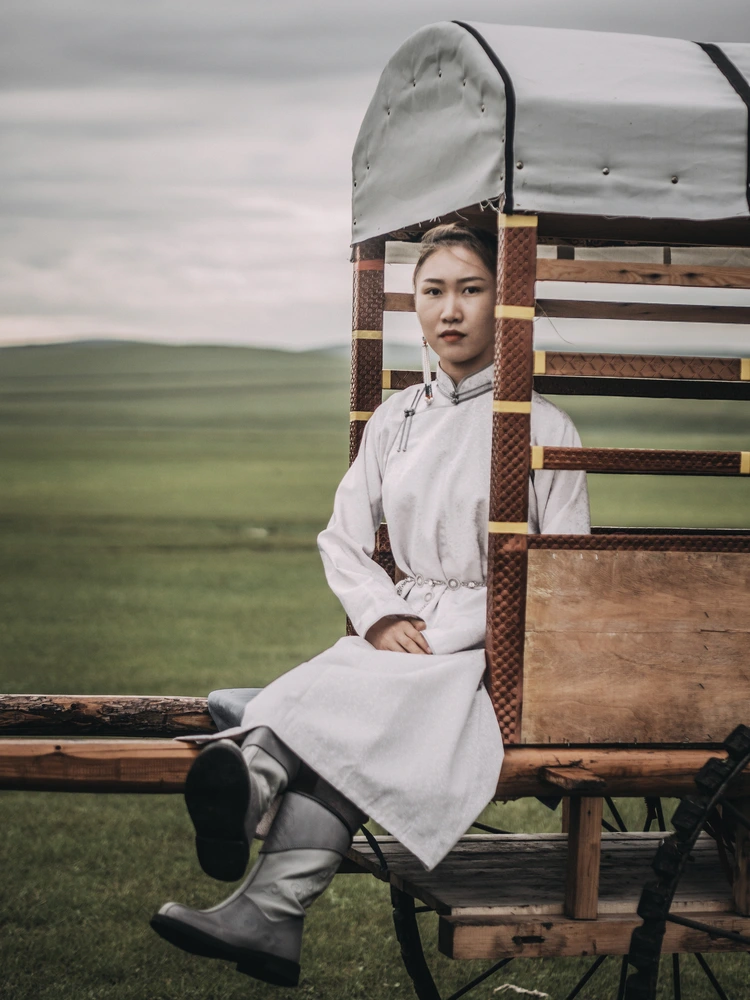
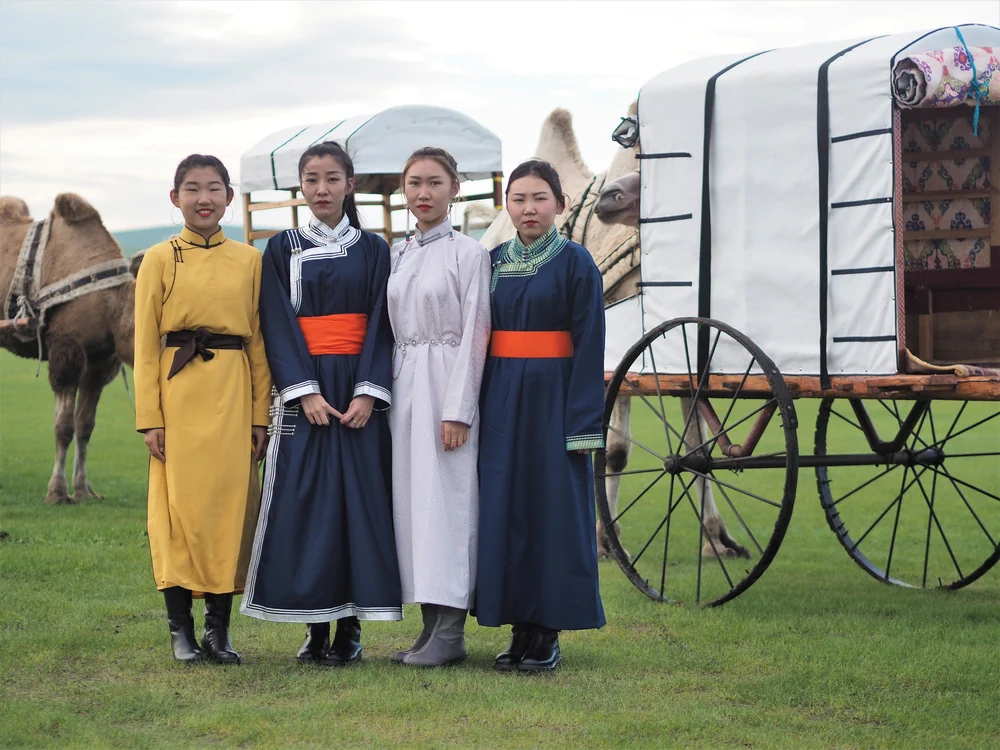
Mongolian bridesmaids
Preparing the wedding ‘car’
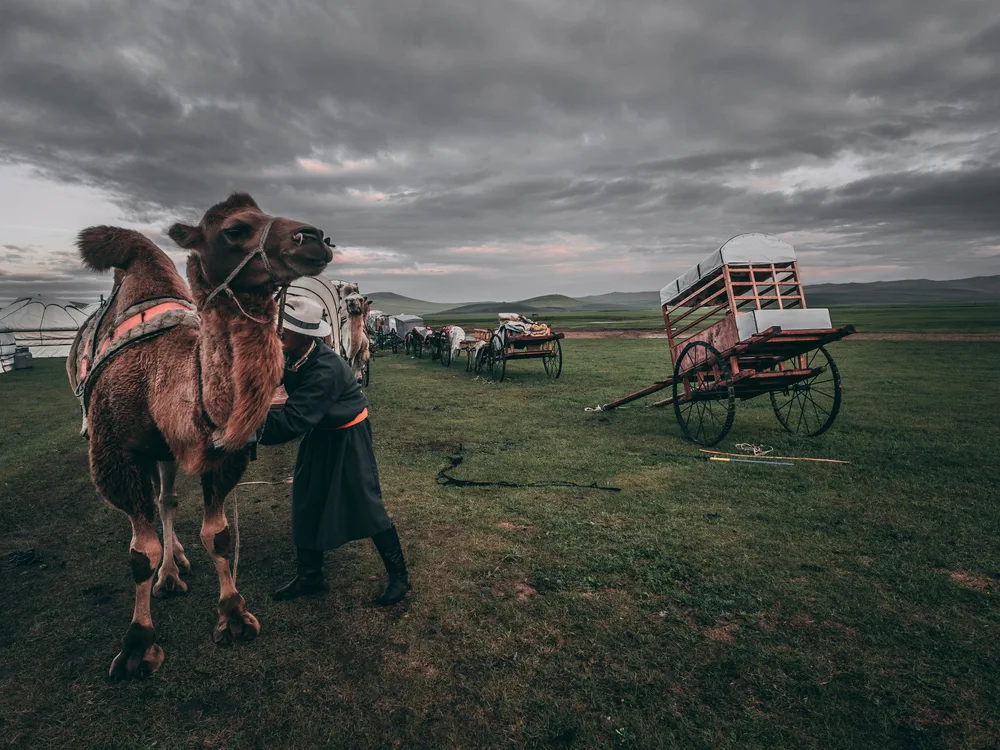
Western Europe
Weddings in Germany and the Netherlands are simple yet deeply meaningful. Unlike the lavish traditions of other countries, these ceremonies focus on intimacy, close family, and practical planning. In the Netherlands, it’s not unusual for a bride and groom to arrive by bicycle—a perfectly Dutch way to tie the knot.
In Germany, the Polterabend is a pre-wedding tradition where guests smash porcelain to bring good luck. The couple then sweeps up the pieces together, symbolizing their ability to overcome challenges in marriage. While church weddings remain common, many couples opt for civil ceremonies that emphasize love over spectacle.
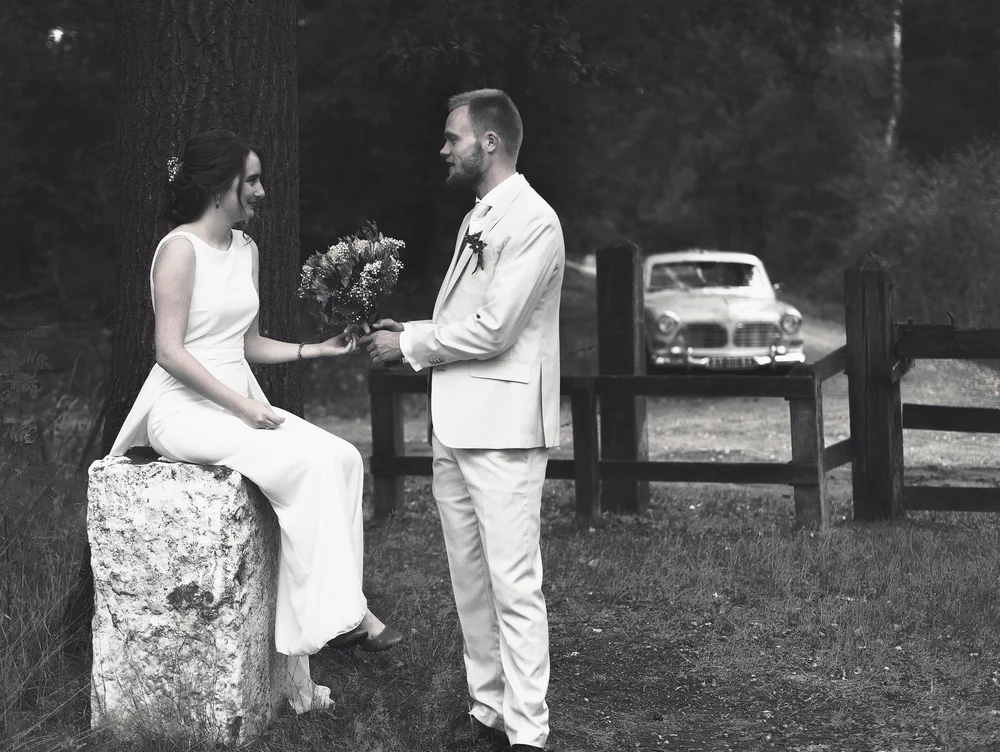
Dutch wedding
Enschede, The Netherlands
German wedding
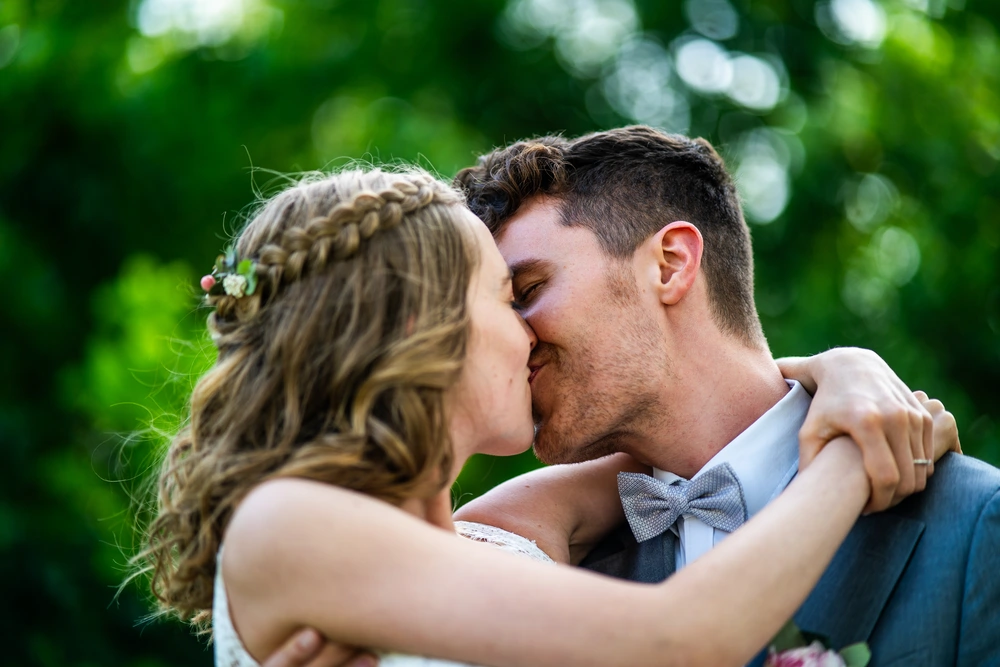
Wedding photographer
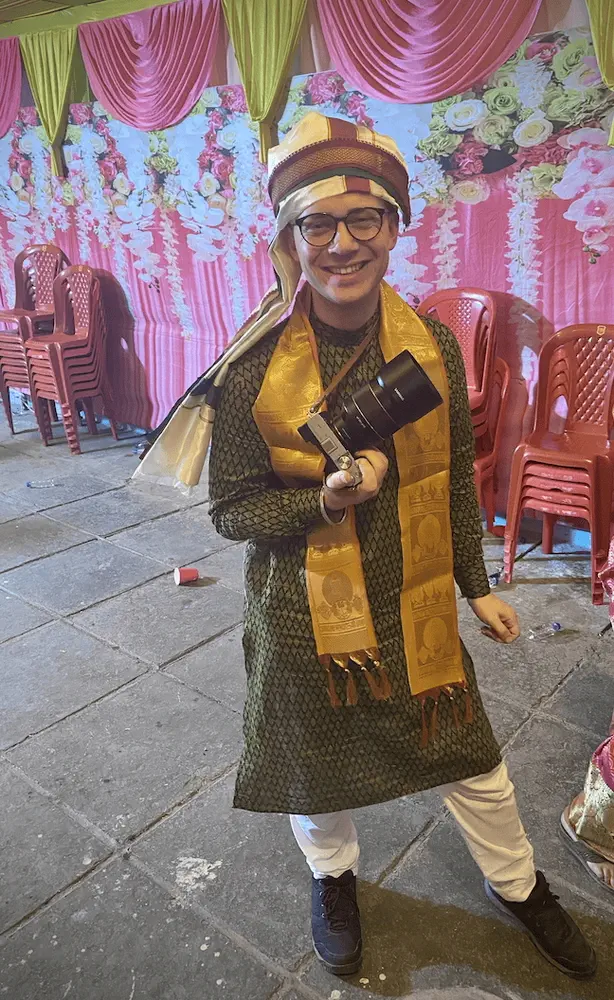
That would be me – Joel Gugler
